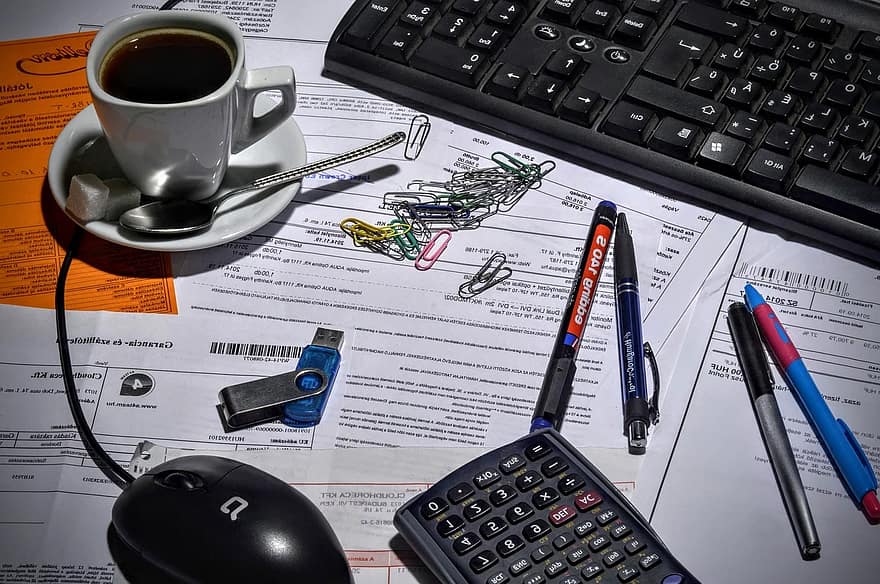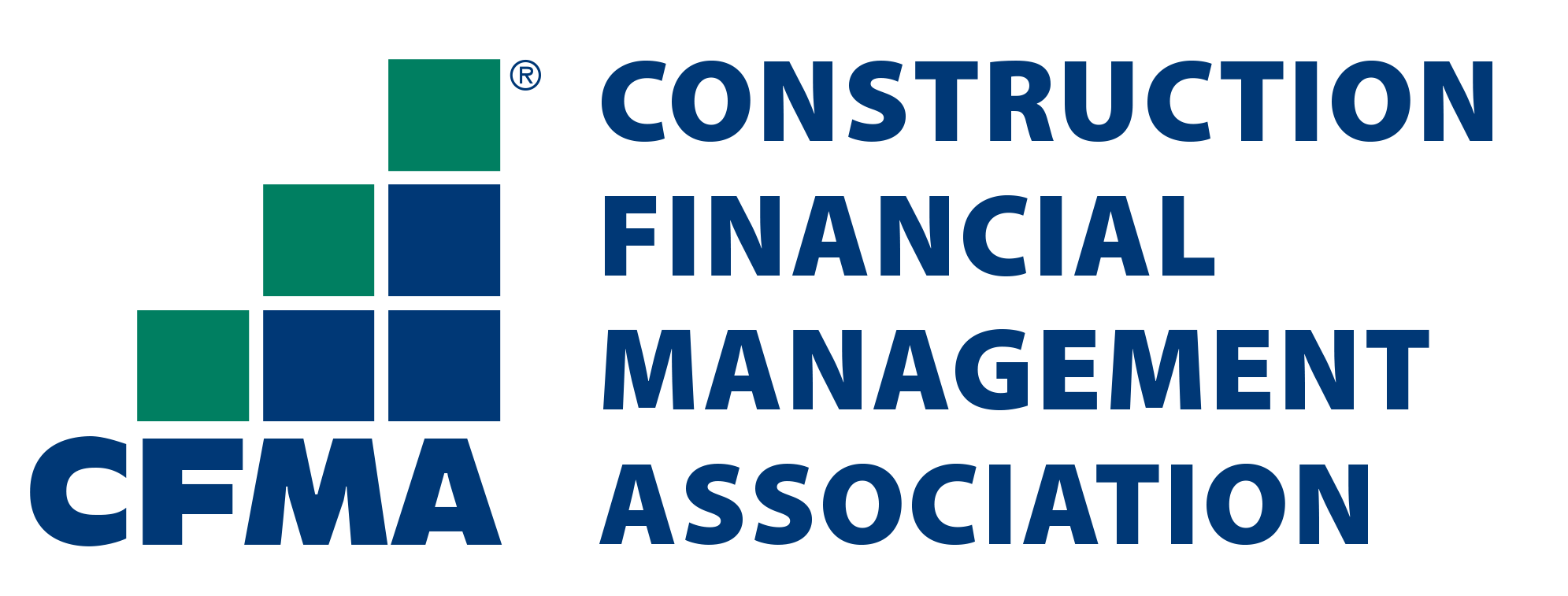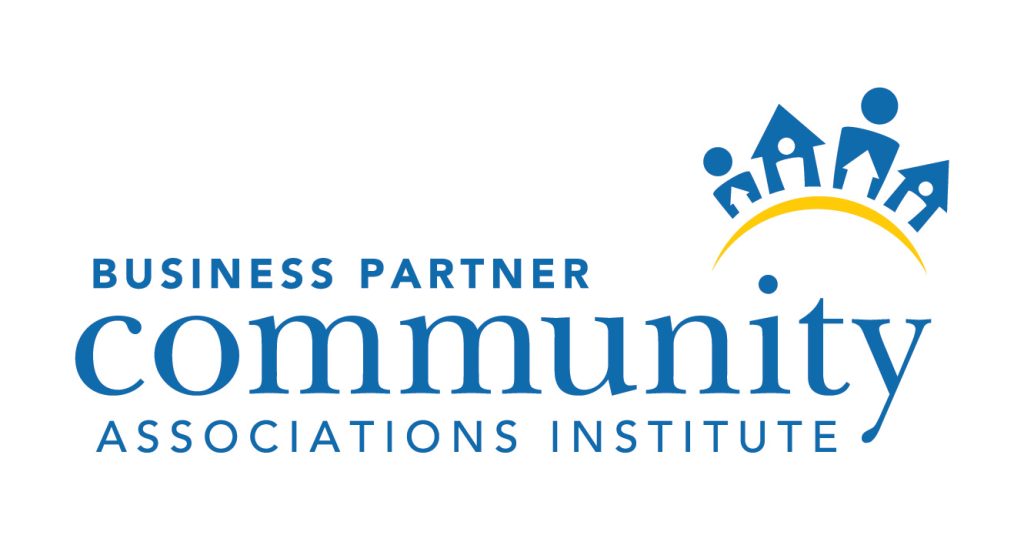
Accounting for Fixed Assets: 5 Best Practices
- October 8, 2021
- OHI

The long-term tangible pieces of property are termed fixed assets. Every company/business type requires certain fixed assets to carry out their operations smoothly and generate income through them. These may include plant, property, equipment, etc. These capital asset types play a pivotal role in determining the accuracy of a company’s financial reports.
The accurate reporting and logging of financial data regarding fixed assets are what we mean by fixed asset accounting. For this, every detail regarding the procurement, depreciation, audits, disposal, etc., needs to be recorded carefully. The purchase of a fixed asset is listed under cash flow statements, as they constitute cash inflow, while one that is sold is a cash outflow.
To get clear visibility into your assets, it is imperative to account for your fixed assets efficiently. The best way to do this is to maintain an up-to-date database for every fixed asset right from its purchase to disposal. This would help you ascertain its worth easily, at any given point in time. It would even assist in improving the financial health of your company.
There should be a standard policy and procedure to record and maintain the accounts of each and every fixed asset purchased, right from its date of procurement till it is finally disposed of.
Distinguishing assets from expense items marks the first step towards maintaining error-free accounts. The capitalization threshold avoids material misstatement in the financial reports for companies as it marks the minimum acquisition cost above which an asset needs to be capitalized in the financial reports and depreciated over its lifetime.
One of the practices to follow is to tag and label your assets with barcodes. This way, technicians can get all details of that particular asset by similar scanning its barcode. This also helps to supervise the whereabouts of an asset at various locations. QR Code labels may also be introduced for easy chain-ins and check-outs.
Fixed asset accounting software and fixed asset tracking software constitute a cloud-based assessment of assets with multiple features like digitally recording real-time usage of assets, right from its purchase to disposal, maintaining and updating accurate database of each of the fixed assets anytime, anywhere.
Asset management KPIs include calculation of productivity, cost efficiency, time taken for production, and return on investment, all of which are extremely mandatory to ascertain accounting and fixed asset auditing in the most optimum manner that proves beneficial for the company and its overall success, in the long run.
Every aspect of fixed asset accounting, from calculating depreciation, maintaining regular fixed asset inventory to fixed asset reconciliation, shapes the company’s endeavor to maintain and record its fixed asset usage. This, in turn, brings about transparency in its financial reports in the long run. Hence, businesses need to be extremely careful while accounting and auditing for their fixed assets.
OHI is a specialized finance and accounting outsourcing service provider with over fifteen years of finance and accounting outsourcing experience. We have strong functional outsourcing expertise in end to end accounting processes covering daily accounting activities, reconciliations, month end and year-end account finalization processes, employee reimbursements, payroll processing, management reporting and financial analysis.
OHI serves close to 300+ clients across USA, UK and Canada. We invite you to experience finance and accounting outsourcing through us.
Learn More About Our Fixed Assets Accounting Services – VIEW MORE
Contact us for a customized NO OBLIGATION proposal for outsourcing your accounting activities.









